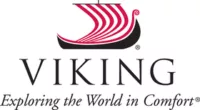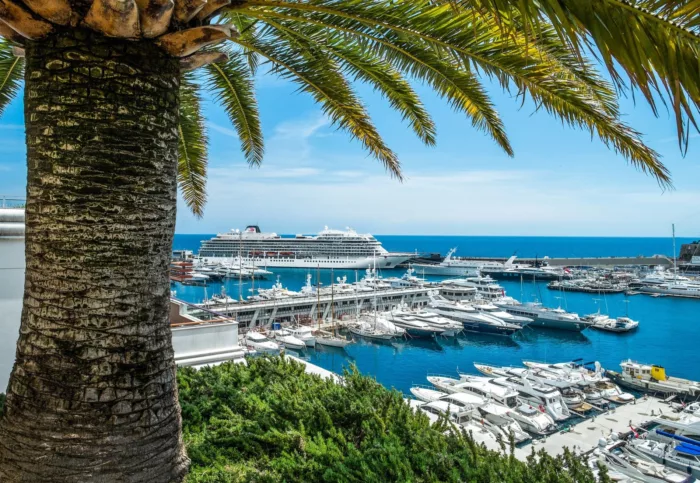
Viking Ocean Cruises
Viking began as a river cruise line and entered the ocean-cruise market with the launch of the 930-guest Viking Star.
Viking has already made an indelible mark on the sector with its fleet of stylish, near-identical, adult-only ships.
The cruise line currently has 10 ships in its fleet.
930
Passengers
465
Crew
2018
Launched
48000t
Tonnage
227m
Length
29m
Width
20kts
Speed
9
Decks
EUR
Currency
Cruise Itinerary
Days 1 - 2
Tokyo, Japan
Day 3
,
Days 4 - 5
Sapporo, Japan
Days 6 - 12
,
Day 13
Kodiak, Alaska, Alaska
Day 14
Homer, Alaska, Alaska
Day 15
Seward, Alaska, Alaska
Day 16
Valdez, Alaska, Alaska
Day 17
,
Day 18
Icy Strait Point, United States
Day 19
Sitka, Alaska, Alaska
Day 20
Ketchikan, Alaska, Alaska
Day 21
,
Day 22
Vancouver, British Columbia, Canada

Days 1 - 2
Tokyo, Japan

Day 3
,

Days 4 - 5
Sapporo, Japan

Days 6 - 12
,

Day 13
Kodiak, Alaska, Alaska

Day 14
Homer, Alaska, Alaska

Day 15
Seward, Alaska, Alaska

Day 16
Valdez, Alaska, Alaska

Day 17
,

Day 18
Icy Strait Point, United States

Day 19
Sitka, Alaska, Alaska

Day 20
Ketchikan, Alaska, Alaska

Day 21
,

Day 22
Vancouver, British Columbia, Canada
Ship Details


Viking Ocean Cruises
Viking Orion
With their sleek, yacht-style bows and teak promenade decks, Viking’s ocean ships are a million miles from the large liners that sail the seas.
Cabins
All Prices











